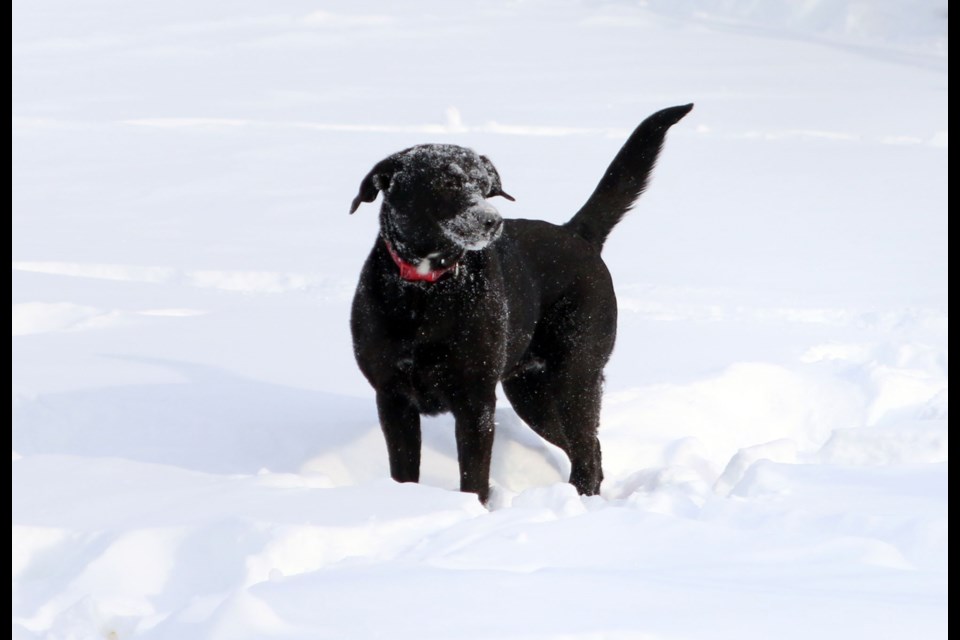THUNDER BAY - With an arctic air mass settling over the region and making temperatures outside feel close to -40 C with the windchill, it’s important to remember that even our furry friends need to be protected from the cold.
“Especially animals that don’t have that double coat, animals that have extremely short fur,” said Cassandra Marques, volunteer coordinator with the Thunder Bay District Humane Society. “When it starts getting too cold for people, it is too cold for animals.”
This month there have been numerous extreme cold warnings issued for the city of Thunder Bay and surrounding region and Marques said when the temperature starts to drop below -25 C, it can be stressful on animals.
For animals brought into the Humane Society, what is already a stressful time can be made worse when the cold keeps them indoors for longer periods.
“Here at the shelter it can be a little difficult and stressful on the animals because they don’t get to go outside for nearly as long,” Marques said. “Some of our animals that have really short fur, we try not to put them outside for more than five minutes.”
That time outside is extremely important for dogs that are surrendered to the shelter, Marques said, because adjusting to a new environment can be very difficult for them.
“So getting outside and burning off some of that energy will keep them a lot happier and safer,” she said.
Smaller breeds of dogs are most at risk. Other breeds, like huskies, shepherds, and labs are more acclimated to cold temperatures, but when it gets as low as -30 C, even they can be at risk.
“When it gets cold like this, the best thing to do, when you take your animal outside, maybe put some booties on them, a jacket, and make it a little bit of a shorter trip,” Marques said. “I find with my dog, she will stay out a long longer when she is in snow. When it becomes concrete or ice, it is colder on their paws, but snow is more insulated so they can enjoy their time without causing any pain to their paws.”
Knowing if your pet is too cold is just a matter of looking for the right signs, which include shivering, lifting paws off the ground, and staying sitting or hunched over. If your dog is showing any of these signs, it should be brought inside right away.
There are other risks that may not be as evident right away. For example, dogs will often eat snow as a way of hydrating themselves, which can actually be dangerous in extremely cold weather.
“Dehydration is a big one, especially because dogs will tend to eat snow, which drops their inner body temperatures as well and may not be hydrating them in the sense that they are trying to find hydration,” Marques said. “It can probably cause a bit more damage than good, especially in these cold temperatures.”
According to Marques, there have not been any major rescues of animals found in distress so far this year. But every season can carry risks for animals, especially if they are forgotten or neglected.
“We will tend to have maybe more animal cruelty cases in the winter time,” Marques said. “Because of the cold temperatures, people may not have the proper insulated dog houses and don’t realize it might be too cold for the dogs to be outside. Our agents work equally as hard in the winter and the summer, because we deal with the same thing with the heat in the summer.”
To report cases of animal cruelty call 310-SPCA.
